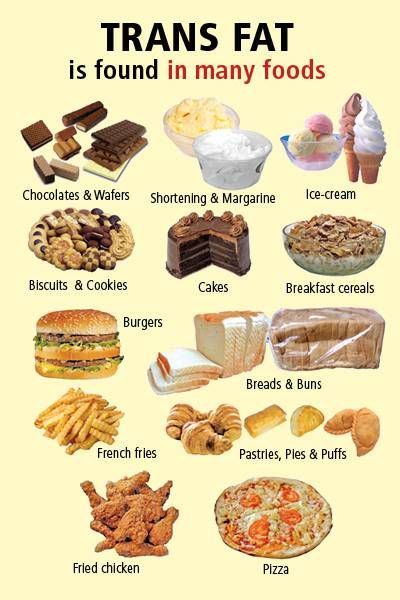Change your lifestyle, one step at a time!
Wanting to do too much, too quickly is a recipe for failure. Go slowly, respect your own rhythm and be positive, patient and perseverant. You’ll see, after 6 to 8 weeks, your new habits will become the norm! At the end of the process, you will enjoy life more and eating will be a source of enjoyment, not stress!
Dietary guidelines to reduce high blood pressure
Reducing your consumption of salt is the most important change you can make to your diet if you have high blood pressure. When you eat a lot of salt, it goes into your blood and has a tendency to provoke a loss of water from cells and tissues, which increases the volume of blood, and therefore increases blood pressure.
- Limit your consumption of salt to 2,400 mg per day (or about 600 to 800 mg per meal). To compare, a teaspoon of salt weighs about 2000 mg.
- As often as possible, choose foods with less than 150 mg of sodium per portion, or 5% or less of the Daily Value of sodium.
- Look for phrases such as “no sodium,” “low sodium,” unsalted,” “no added salt” on package labels.
- Prepare home-cooked meals as much as possible.
- Choose fresh or frozen foods, since canned foods often contain a lot of sodium.
- Reduce you consumption of certain sauces such as soya (even light), tamari, teriyaki, chilli and Worcestershire® as well as prepared marinades and salad dressings.
- Do not use salt at the table or when preparing food. Choose herbs and spices, pepper and garlic to enhance the flavour of dishes.
Dietary guidelines to reduce cholesterol
 |
| Source: Medical News Today |
- Limit your fat intake to less than 75 g per day (or about 25 g per meal). This includes fat in the form of added butter or oil.
- Choose as much as possible foods that contain less than de 3 g of fat per portion, or 5% or less the Daily Value of fat.
- Look for phrases such as “fat free,” “no trans fat,” “no saturated fat,” or “low fat” on package labels.
- Occasionally, replace meat with legumes (chick peas, lentils etc.) and soya in one of its various forms (drinks, tofu, nuts, etc.).
- Plan to eat at least 2 portions of fish each week.
- Enjoy lean or extra-lean meats and low-fat cold cuts more often.
- Choose good fats (e.g., avocadoes, eggs) and reduce your intake of bad fats (saturated fat and trans fat).
- Saturated fats, which usually come from animal sources, are naturally solid at room temperature. Examples are lard, butter, milk fat, meat, chicken and pork skin, ice cream and cheese. Beware of coconut and palm oils as well. These tropical oils contain high amounts of saturated fats.
- Trans fats — also called trans-fatty acids — raise "bad" cholesterol and also lowers "good" cholesterol. A diet laden with trans fats increases the risk of heart disease, the leading killer of adults. The more trans fats eaten, the greater the risk of heart and blood vessel disease. Industrially produced trans fat can be found in margarine, vegetable shortening, Vanaspati ghee, fried foods, and baked goods such as crackers, biscuits and pies. Baked and fried street and restaurant foods often contain industrially produced trans fat.
 |
| Source: diabetesendocrinology |
- Limit meat consumption to 75 g per portion.
- Choose non-hydrogenated vegetable oils (canola, olive and soya), low-fat mayonnaise and non-hydrogenated soft margarine. You can include 1 to 3 portions of 5 ml in each meal.
- Look for foods with less than 2 g of saturated fat, without trans fat, per portion, or 5 % or less of the Daily Value of saturated and trans fat combined.
Dietary guidelines for type 1 and type 2 diabetes
- Respect the prescribed amount of carbohydrates per meal.
- Women: From 45 to 60 g of carbohydrates per meal.
- Men: From 60 to 75 g of carbohydrates per meal.
- Note that a cup of rice (weighing 150g) contains 50g carbonhydrates. One teaspoon of sugar contains 5g carbonhydrates.
- Look for phrases such as “low in sugar,” “no added sugar,” “unsweetened” on package labels.
- Increase your daily consumption of fibre.
- Aim for a Daily Value of at least 25 g of fibre by eating high-fibre foods at every meal.
- As often as possible, choose products with at least 3 g of fibres per portion, or 10% or more of the Daily Value of fibre.
- Look for phrases such as “source of fibre,” “high source of fibre,” or “very high source of fibre on package labels.
To download the PDF brochure, click here.


Comments
Post a Comment